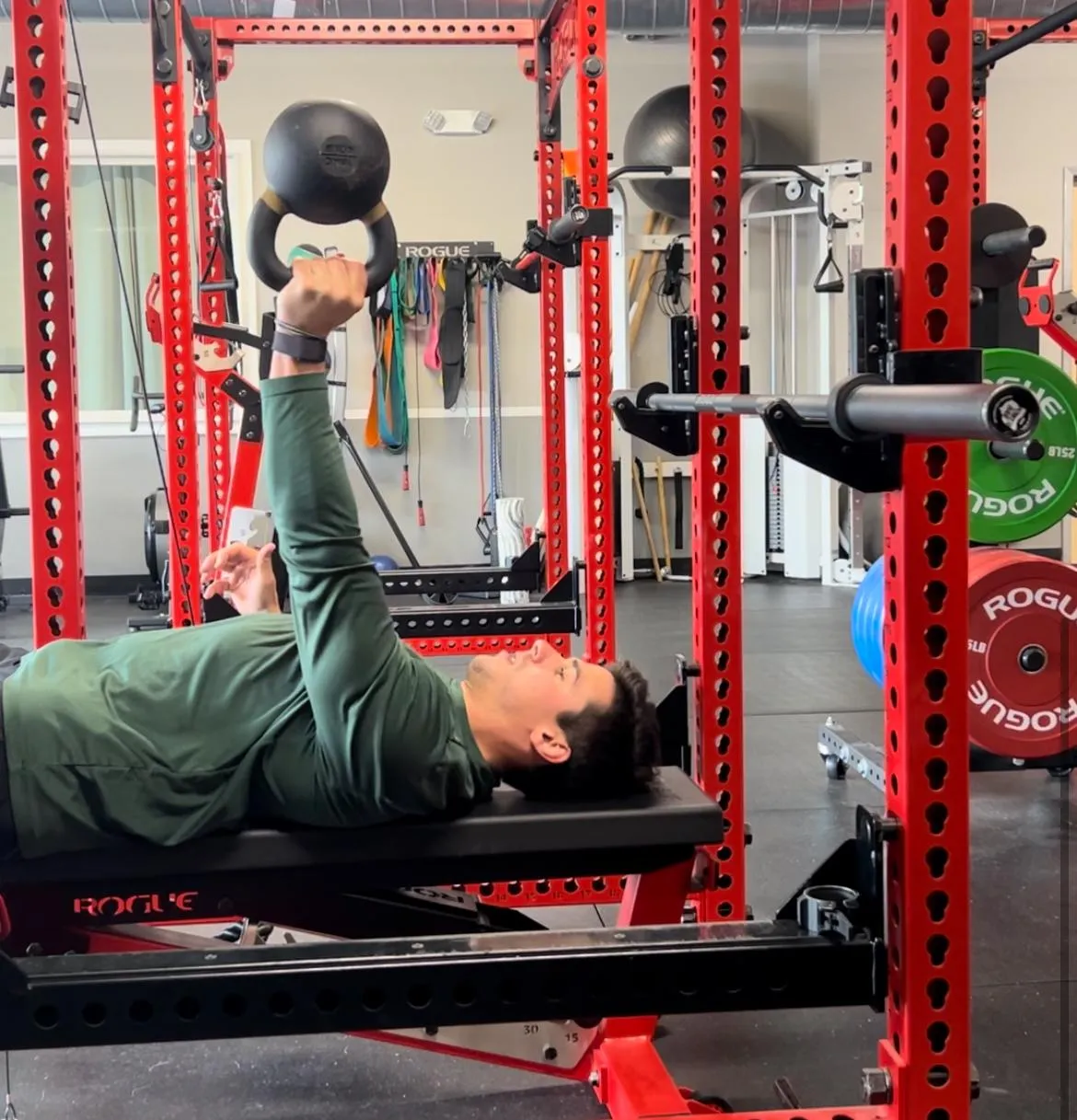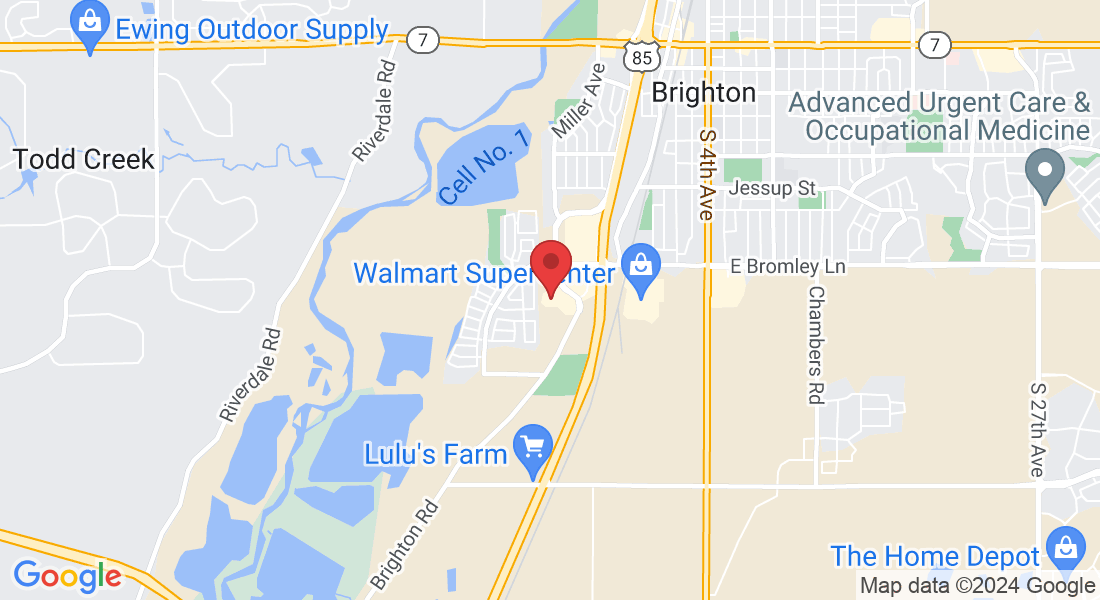Welcome to Comeback Performance Physical Therapy
We help People Move Better Without Limitations
1 on 1 sessions with doctor of physical therapy
no surgery, no pills, no injections
We help people overcome injury by fixing the root cause, improve mobility and strength, and set them up for an active lifestyle forever. Comeback Performance is unlike any other and specializes in the transition from traditional physical therapy to the gym, by bridging the gap between rehab and performance. “The Comeback is Always Stronger Than the Setback.” Our goal is to help over 1 million people avoid unnecessary imaging, surgery, and injections, and live an active lifestyle without pain.
Dr. Joey Seyforth grew up in the southwest suburbs of Chicago and has been interested in movement his entire life. After multiple football and baseball injuries, he got into the sports medicine world.
He graduated from Indiana State University with a Bachelor of Science degree majoring in Athletic Training and minoring in Massage Therapy, completing thousands of hours of sports medicine sideline coverage.
After graduation, Dr. Joey obtained his Doctorate of Physical Therapy Degree (DPT) at Wash U in St. Louis. As a movement physical therapist, getting to the root cause of pain and injury and developing a game plan to fix it for good is the best option for life long longevity.
Dr. Joey has coached CrossFit for 3 years and is a Certified Strength & Conditioning Specialist and finds passion in working with barbell athletes. He believes in bridging the gap between rehab and performance and strives to work with athletes getting them better than they were before injury.

The #1 Health Compounding Secret is TIME.
Get Started TODAY.
Stop Pain. Root Cause. Best Performance.
Comprehensive evaluation sessions to identify all the mobility deficits in your body that are limiting your form.

LAUNCH Into Your Best Comeback
Bridge the gap between traditional rehab and maximum performance
Custom Performance Plans
1 on 1 Treatment Sessions
Comprehensive Evaluations
Workshops Near You
Stop Pain. Root Cause. Best Performance.
Stop Pain. Root Cause. Best Performance.
LAUNCH your Comeback.
© 2025 Comeback Performance - All Rights Reserved

info@comebackperformancept.com
(720) 710-4371
7355 W 88th Ave Unit

